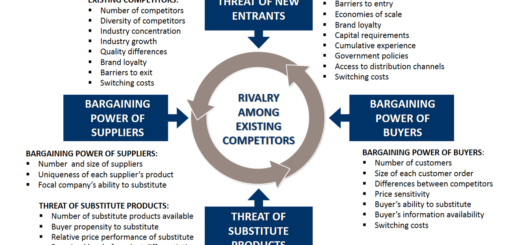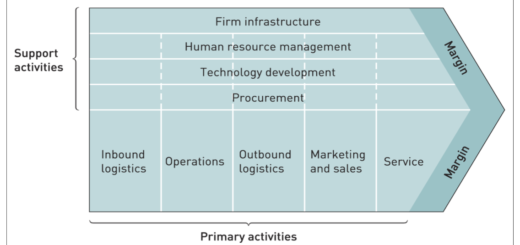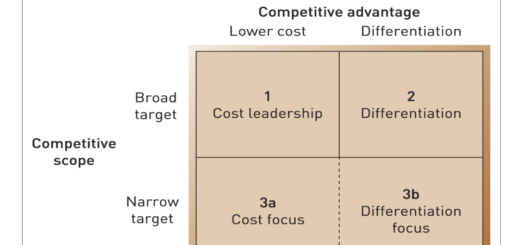Matching External HR Demand and Supply
Matching external HR demand and supply is a critical part of the recruitment process. Organizations need to identify the right candidates to fill their vacancies by aligning the organization’s workforce needs with the availability of qualified candidates in the labor market. Here are some ways to match external HR demand and supply:
- Talent mapping: Talent mapping involves creating a detailed inventory of the skills and experience required for the organization’s current and future workforce needs. This can help organizations identify any skills gaps and target their recruitment efforts effectively.
- Employer branding: Employer branding refers to an organization’s reputation as an employer. Organizations can create a positive employer brand by showcasing their company culture, benefits, and values. This can help attract candidates who are a good fit for the organization and improve the quality of the applicant pool.
- Recruitment channels: Organizations can use a variety of recruitment channels, such as job boards, social media, recruitment agencies, and employee referrals. Each channel has its advantages and disadvantages, and organizations should choose the channels that are most effective for their specific needs.
- Candidate selection: Organizations should use objective and job-related selection criteria when evaluating candidates. This can help ensure that the selected candidates have the necessary skills, knowledge, and experience to succeed in the role.
- Competitive compensation and benefits: Organizations can attract and retain top talent by offering competitive compensation and benefits packages. This can include salaries, bonuses, health insurance, retirement plans, and other perks.
- Upskilling and reskilling: Organizations can invest in upskilling and reskilling their existing workforce to meet their changing needs. This can help reduce external HR demand and fill skills gaps in the organization.
In summary, matching external HR demand and supply requires a proactive approach that involves talent mapping, employer branding, effective recruitment channels, objective candidate selection, competitive compensation and benefits, and upskilling and reskilling. By taking these steps, organizations can ensure that they attract and retain top talent and meet their workforce needs.




